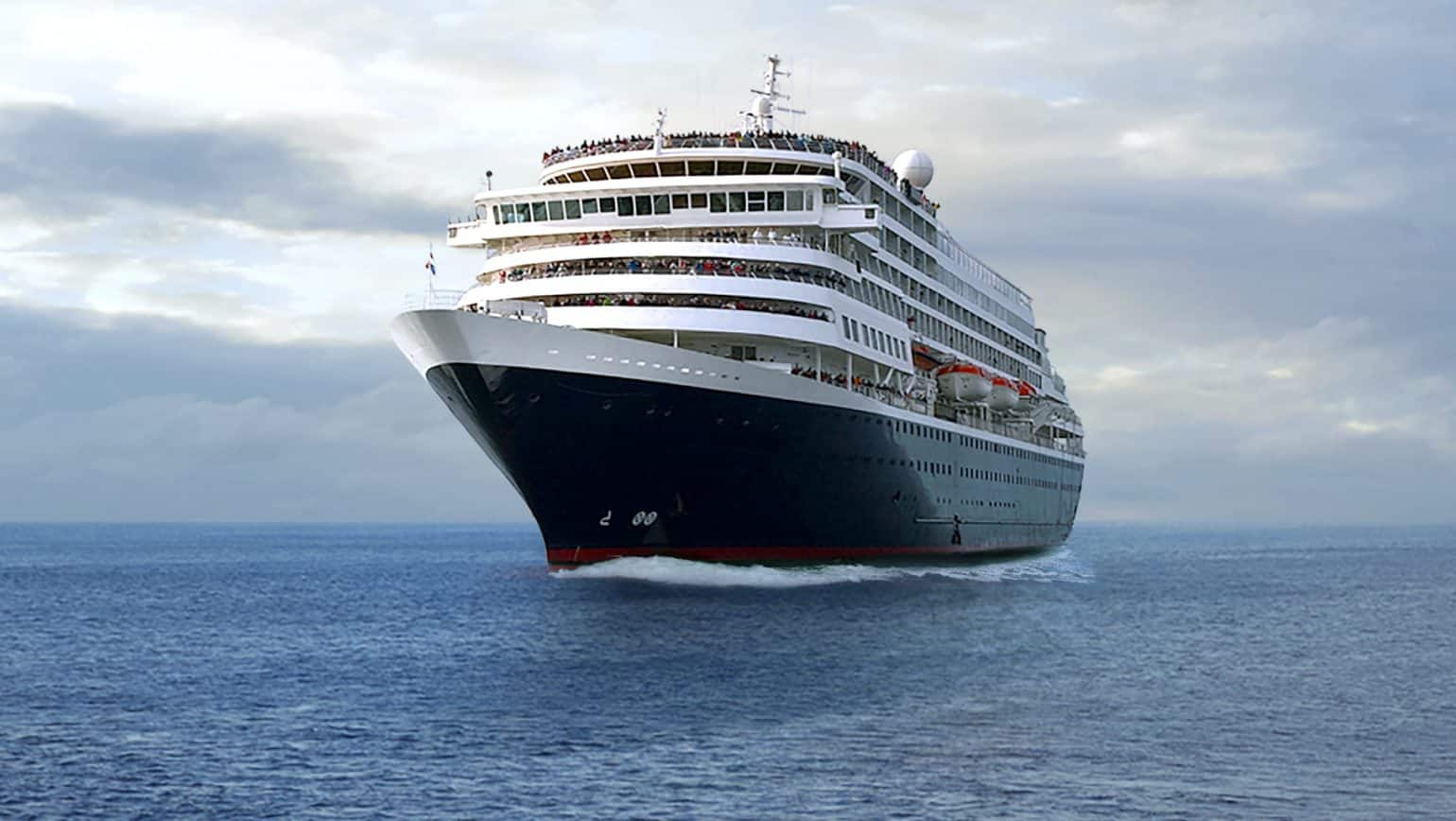Ceuta sits at the gateway between Europe and Africa, a Spanish city enriched by Moroccan flair. Wander its centuries-old ramparts, admire sweeping coastal views, and explore lively plazas that echo Spanish and Moorish influences. A stop in Ceuta offers travelers a rare blend of cultures, perfect for an immersive Mediterranean cruise with Holland America Line.

Ceuta, Spanish Morocco, Spain
Featured Shore Excursions

Historic Chefchaouen & Moroccan Folklore Show

Ceuta by Land & Sea

A Taste of North Africa: Tapas in Ceuta

Best of Tetouan

Panoramic Ceuta